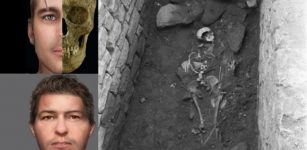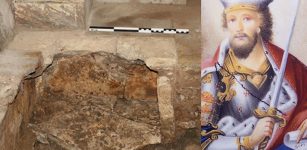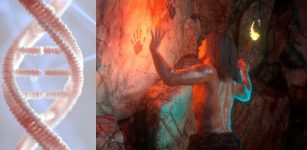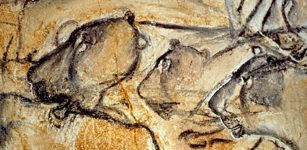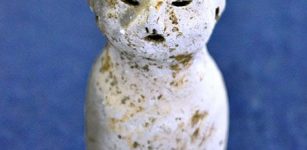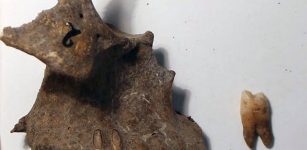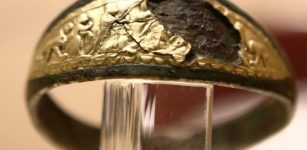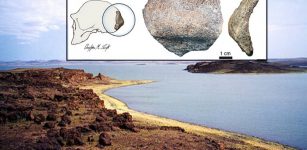2,500 Year-Old Tattoos Discovered On Ancient Mummy Princess Ukok
MessageToEagle.com – Amazing 2,500 year-old tattoos have been found on an ancient mummy of a mysterious young woman, known as the Ukok Princess.
What is extraordinary about these tattoos, except for their age is that they are startling similar to modern day tattoos. The identity of the woman is still a fascinating mystery…
The remains of the immaculately dressed ‘princess’, aged around 25 and preserved for several millennia in the Siberian permafrost, a natural freezer, were discovered in 1993 by Novosibirsk scientist Natalia Polosmak during an archeological expedition.
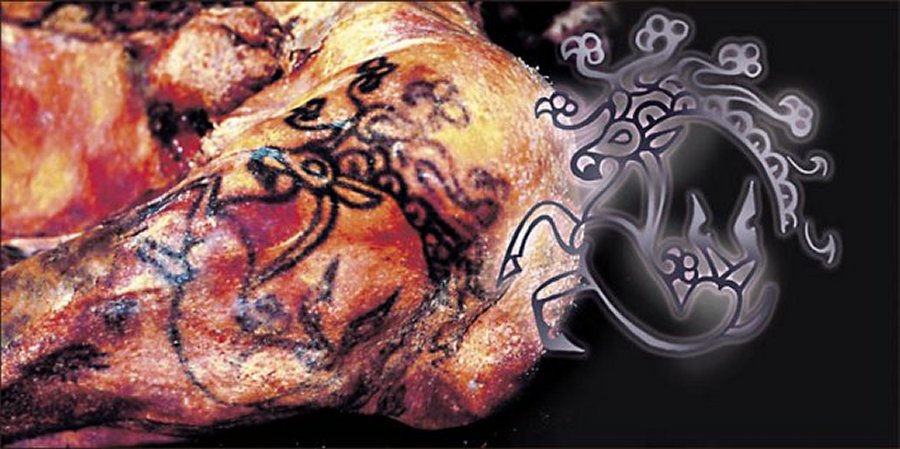
Buried around her were six horses, saddled and bridled, her spiritual escorts to the next world, and a symbol of her evident status, perhaps more likely a revered folk tale narrator, a healer or a holy woman than an ice princess.
As the Siberian Times wrote in an article, researchers also found a meal of sheep and horse meat and ornaments made from felt, wood, bronze and gold. And a small container of cannabis, say some accounts, along with a stone plate on which were the burned seeds of coriander.
Experts say she died in her 20s, with the best guess at 25 to 28, and that this was 2,500 or more years ago, making her, for example, some five centuries older than Jesus Christ, and several hundred years the senior of Alexander the Great.
“She was called ‘Princess’ by the media. We just call her ‘Devochka’, meaning ‘Girl’. She was 25-28 years old when she died,’ said Irina Salnikova, head of the Siberian Branch of Russian Academy of Sciences Museum of Archeology and Ethnography.
The reason for her death is unknown, because all her internal organs were removed before the mummifying. All we see is that there is no visible damage to her skull, or anything pointing to the unnatural character of her death.
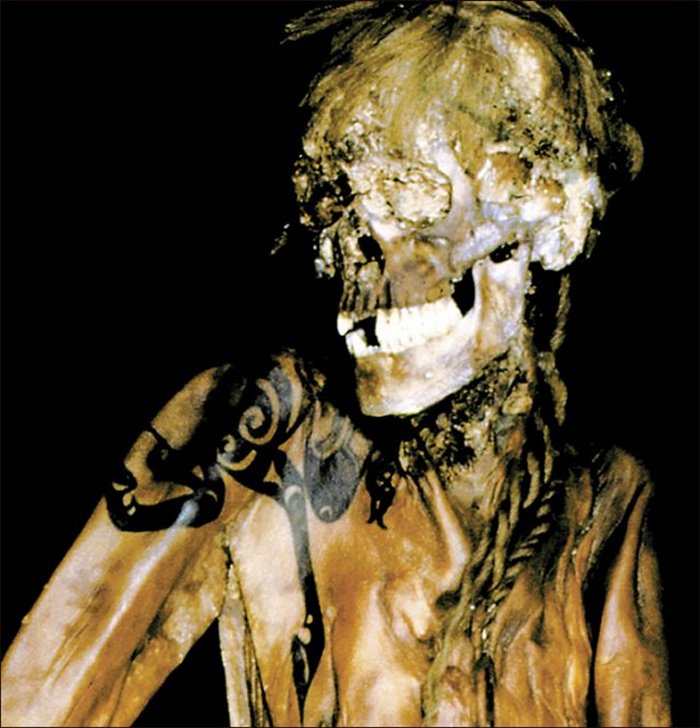
“The cause of death remains unknown. I don’t believe that it will be possible to find an answer to this question because there’s no brain and no internal organs in the body.”
In all probability she did not die from injury. Her skull is fully preserved, and so are the bones. DNA obtained from her remains is intriguing.
The Princess of Ukok is not related to any of the Asian races, and not related to present day inhabitants of Altai. Moreover, she had a European appearance, it has been claimed,” according to Andrei Letyagin, chairman of the MRI Center of the Siberian department of the Russian Academy of Sciences.
Her body is curled, so we can’t say for sure how tall she was. Some estimate her to be 1.62 metres, others say she could have been as tall as 1.68 metres.
See also “Mysterious “Perfectly Preserved” 300-Year-Old Mummy Baffles Archaeologists”
Scientists have been unable to establish when the young woman has had her tattoos made, at what age, but the symbols are beautiful.
“Compared to all tattoos found by archeologists around the world, those on the mummies of the Pazyryk people are the most complicated, and the most beautiful,” said Dr Polosmak.
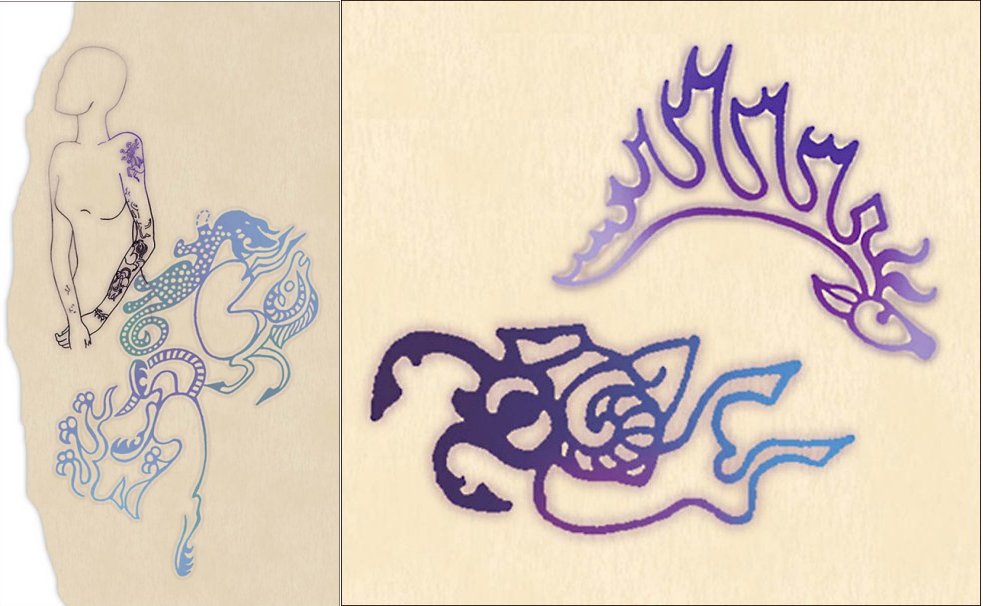
More ancient tattoos have been found, like the Ice Man found in the Alps – but he only had lines, not the perfect and highly artistic images one can see on the bodies of the Pazyryks.
It is a phenomenal level of tattoo art. Incredible.”
The Pazyryk people, a nomadic people described in the 5th century BC by the Greek historian Herodotus – and the colorful body artwork is seen as the best preserved and most elaborate ancient tattoos anywhere in the world.
While the tattoos, preserved in the permafrost, have been known about since the remains were dug up, until now few have seen the intricate reconstructions that we reveal here.
“Tattoos were used as a mean of personal identification – like a passport now, if you like. The Pazyryks also believed the tattoos would be helpful in another life, making it easy for the people of the same family and culture to find each other after death,’ Dr Polosmak explained.
Pazyryks repeated the same images of animals in other types of art, which is considered to be like a language of animal images, which represented their thoughts.
The same can be said about the tattoos – it was a language of animal imagery, used to express some thoughts and to define one’s position both in society, and in the world. The more tattoos were on the body, the longer it meant the person lived, and the higher was his position.
For example the body of one man, which was found earlier in the 20th century, had his entire body covered with tattoos. Our young woman – the princess – has only her two arms tattooed. So they signified both age and status.
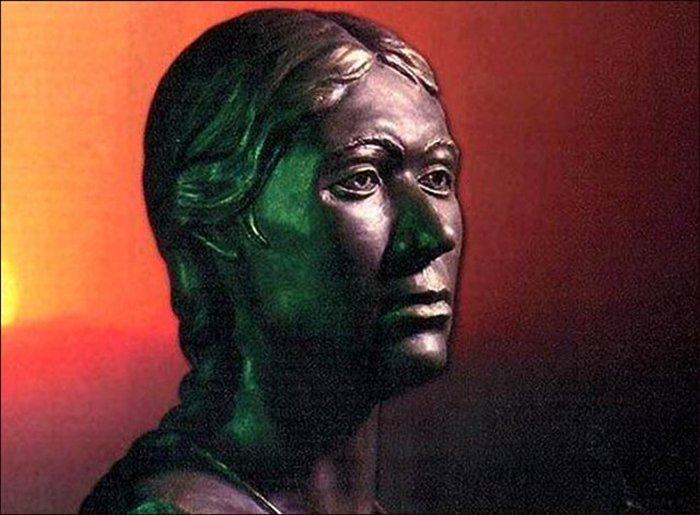
A sculptor’s impression of how Princess Ukok looked 2,500 years ago.
“The tattoos on the left shoulder of the ‘princess’ show a fantastical mythological animal: a deer with a griffon’s beak and a Capricorn’s antlers. The antlers are decorated with the heads of griffons. And the same griffon’s head is shown on the back of the animal.
The mouth of a spotted panther with a long tail is seen at the legs of a sheep. She also has a deer’s head on her wrist, with big antlers. There is a drawing on the animal’s body on a thumb on her left hand.
On the man found close to the ‘princess’, the tattoos include the same fantastical creature, this time covering the right side of his body, across his right shoulder and stretching from his chest to his back.
The patterns mirror the tattoos on a much more elaborately covered male body, dug from the ice in 1929, whose highly decorated torso is also reconstructed in our drawing here.
His chest, arms, part of the back and the lower leg are covered with tattoos. There is an argali – a mountain sheep – along with the same deer with griffon’s vulture-like beak, with horns and the back of its head which has a griffon’s heads and an onager drawn on it.
All animals are shown with the lower parts of their bodies turned inside out. There is also a winged snow leopard, a fish and fast-running argali.
To some, the clash depicted on the tattoos between vultures and hoofed animals corresponds to the conflict between two worlds: a predator from the lower, chthonian world against herbivorous animals that symbolize the middle world.
“We can say that most likely there was – and is – one place on the body for everyone to start putting the tattoos on, and it was a left shoulder. I can assume so because all the mummies we found with just one tattoo had it on their left shoulders.
And nowadays this is the same place where people try to put the tattoos on, thousands of years on,” Dr Polosmak is intrigued at way so little has changed.
I think it’s linked to the body composition… as the left shoulder is the place where it is noticeable most, where it looks the most beautiful. Nothing changes with years, the body stays the same, and the person making a tattoo now is getting closer to his ancestors than he or she may realize.
I think we have not moved far from Pazyryks in how the tattoos are made. It is still about a craving to make yourself as beautiful as possible.
For example, about the British. A lot of them go on holiday to Greece, and when I’ve been there I heard how Greeks were smiling and saying that a British man’s age can be easily understood by the number of tattoos on his body.
I’m talking the working class now. And I noticed it, too. The older a person, the more tattoos are on his body.”
For the past 19 years, since her discovery, Princess Ukok was kept mainly at a scientific institute in Novosibirsk, apart from a period in Moscow when her remains were treated by the same scientists who preserve the body of Soviet founder Vladimir Lenin.
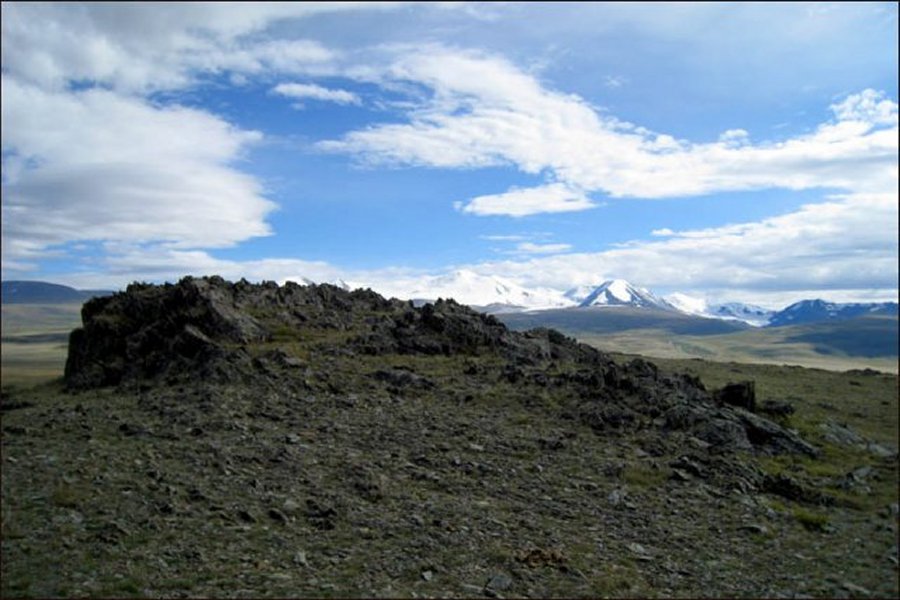
The identity of Princess Ukok still remains a mystery
“She was dressed in a long shirt made from Chinese silk, and had long felt sleeve boots with a beautiful decoration on them. She had no weapons buried with her, or on her, which means that she certainly was not one of the noble Pazyryk women-warriors.
Most likely, she possessed some special knowledge and was a healer, or folk tale narrator, “said Academician Vyacheslav Molodin, deputy director of Institute of Archeology and Ethnography of the Siberian Branch of Russian Academy of Sciences.
Many locals in Altai were nervous from the start about the removal of remains from sacred burial mounds, known as kurgans, regardless of the value to science of doing such work.
In a land where the sway of shamans still holds, they believe the princess’s removal led immediately to bad consequences.
“There are places here that it is considered a great sin to visit, even for our holy men. The energy and the spirits there are too dangerous,’ warned one local. ‘Every kurgan has its own spirit – there is both good and bad in them – and people here have suffered much misfortune since the Ice Princess was disturbed.’
It is nothing short of sacrilege to pour hot water on the remains of ancients who have survived in the permafrost for thousands of years, he said. The ‘curse of the mummy’ even caused a crash of the helicopter carrying her remains away from Altai, some believe. Then in Novosibirsk, her body, preserved so well for so long, started to decompose.
Stories circulated that the princess had been stored in a freezer used to preserve cheese. Fungi began growing on the preserved flesh, it was claimed.
Whatever the truth, the scientists sought emergency help from the world-renowned Lenin embalming experts who worked on her remains for a year. Rimma Erkinova, deputy director of the Gorno-Altaisk Republican National Museum said that the mounds are ancient burial sites with sacred items belonging to ancestors of the Altai region. The Altai people never disturb the repose of their ancestors. We shouldn’t have any more excavations until we’ve worked out a proper moral and ethical approach.
Many wanted the princess to be returned from the Archaeological and Ethnographic Institute of Novosibirsk, some 600 km away, and restored to her original burial site. After some 300 earth tremors in a six month period, the head of Kosh-Agachsky district Auelkhan Dzhatkambaev,appealed to the Siberian Federal District presidential envoy Leonid Drachevsky for this to happen.
Drachevsky travelled to Kosh-Agach and told residents that the mummies would not be returned, saying they were serving important scientific purposes, and that he was ‘simply uncomfortable hearing about angry spirits, as if we were living in the Middle Ages’. Erkinova’s plan was different.
‘We shall put the princess in a glass sarcophagus, so everybody can come and bow before her,’ she said.
Eventually a compromise was reached, though delays and arguments followed. Finally this culminates in this month’s return of the princess not to her burial place but to the Altai museum.
The Altai authorities have now declared the remote mountain area from where the princess and her kinsmen were buried as a ‘zone of peace’ where no more excavations will take place, despite the near-certain treasures lying in the permafrost.
Original story – here
MessageToEagle.com



